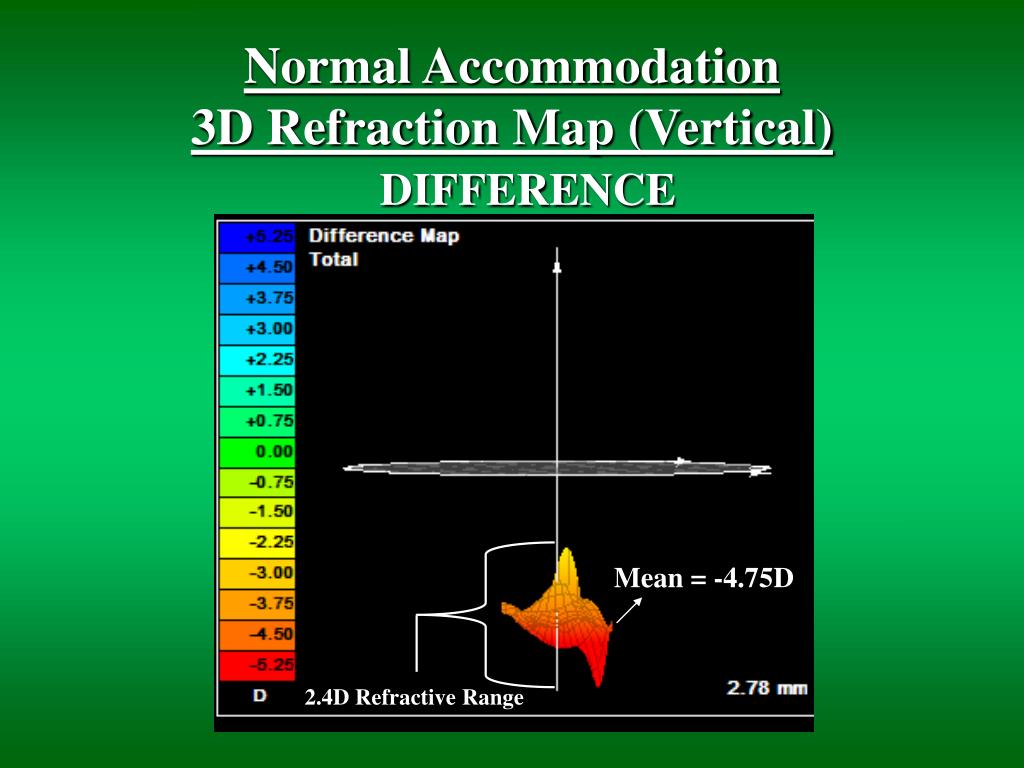

Which would you prefer?” An overwhelming majority, 86%, of the patients we polled preferred distance and intermediate vision with minimal compromise in the quality of vision.ĭon’t get me wrong.

The other lens will give you distance, intermediate, and reading vision, with a slightly higher risk of some arcs around lights and glare and halos. We said, “One lens can give you great distance and intermediate vision, with very little glare and halos. For an unpublished study we conducted in our practice, we offered patients two options. With diffractive optics, if a patient isn’t happy with his or her quality of vision, not much can be done.Īt the end of the day, quality of vision is what’s important to patients, not necessarily J1 or J2. With Crystalens, if the refractive power is off for some reason, I can always correct it. When I’m evaluating a patient, I’m thinking about what’s best for that patient.Īfter utilizing diffractive IOLs and all of the extended-depth-of-focus (EDOF) lenses, I’ve realized that patients don’t want to compromise on quality of vision, nor do I. Right now, we have many different MIGS procedures, and each potential patient might require a different procedure, based on anatomy, physiology, disease severity, and so on. To me, as a glaucoma specialist, it’s analogous to MIGS. Paul Singh, MD: We definitely need to be open-minded and avail ourselves of all possible options for our patients. When I’m choosing a lens, I’m looking at how I can achieve the safest, best outcome with the least amount of downside. It was my clear, easy choice because I wanted him-and all of my patients-to achieve excellent distance vision with minimal dysphotopsias.

That’s why I chose it for my father, who’s a surgeon himself and, admittedly, a type A++ personality. Desai: Indeed, Crystalens is my lens of choice for patients who have complex corneas, dry eye, imperfect maculas, mild glaucoma, or personalities that aren’t ideal for diffractive optics or other types of refractive optics. Crystalens is the go-to IOL for me in those situations.ĭr. Post-radial keratotomy (RK) eyes, for example, are some of the more complicated cases where diffractive optics are absolutely contraindicated. Shultz, MD: In my personal experience, there are definitely some unique patients where Crystalens is an excellent choice. I think it’s incumbent upon all of us and our colleagues around the country and around the world, to choose the best technology and achieve the best outcomes for each patient, so I tend to lean on Crystalens even more now. I think it would be disingenuous to say that Crystalens is the dominant player, because there really is no dominant player. Despite the burgeoning availability of new technologies in this arena, Crystalens remains a strong presence in my practice. Desai, MD: If we are to consider ourselves refractive cataract surgeons, we need to use all of the tools in our toolbox to achieve the desired outcomes. Desai, why is Crystalens still a first-line choice in your practice? Emphasis on Quality of Vision Since then, the Crystalens (Bausch + Lomb) has undergone significant advancements-a fifth generation was introduced in 2010-while retaining its unique position as the only accommodating IOL.Įven as they’ve embraced advanced multifocal technology, many refractive cataract surgeons, our panelists among them, still consider Crystalens to be an important option that enables them to deliver the quality of vision their patients expect.ĭr. Ralph Chu, MD: Cataract surgeons were introduced to the world’s first accommodating IOL in 2003. Singh are paid consultants of Bausch and Lomb. Singh has a passion for advancing education and technology.ĭr. Paul Singh, MD, practices at the Eye Centers of Racine and Kenosha in Wisconsin, which was founded by his father, Dr.


 0 kommentar(er)
0 kommentar(er)
